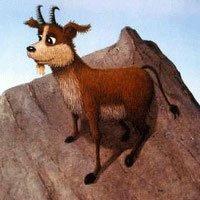
The Great Fauna
The "Grande Faune" of the Hautes Alpes is well represented in the Queyras.
The most visible and well-known mammals are certainly the mouflon, chamois and ibex. But roe deer and red deer have recently become commonplace.
Chamois and mouflon like to live together on the same territory, but the ibex prefers higher altitudes and doesn't mix with other populations. In recent years, the ibex has happily returned to the slopes of the Queyras region, where it had completely disappeared, a victim of intensive hunting for its alleged medicinal properties. It is now protected.
Le Cerf
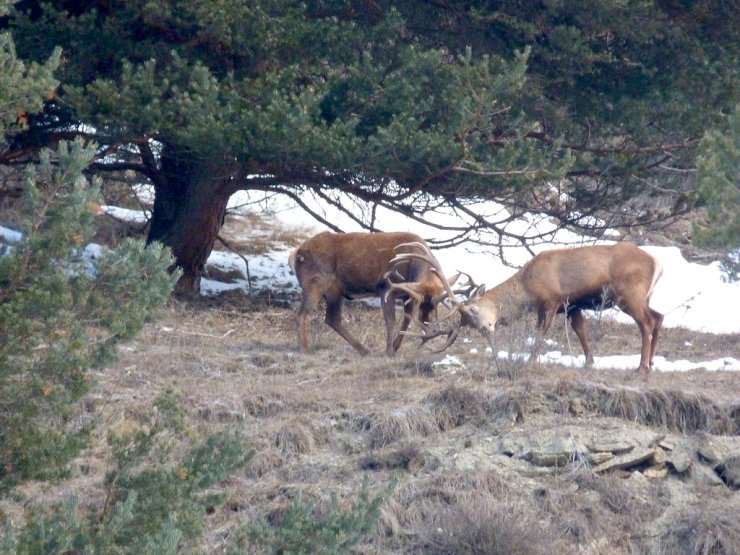
The deer had disappeared from the Queyras, but some fifteen years ago it returned and established itself firmly. It's not unusual to see stags and hinds in the vicinity of Les Escoyères in Arvieux.
At rutting time, the males clash, sometimes resulting in the death of one of them.
The Deer
Although the roe deer was not present in the Hautes Alpes valleys until about twenty years ago, it is now well established, with a steadily increasing population.
Like the deer, with which it is often confused, the roe deer has antlers that it sheds every autumn. In winter, the roe deer wears a long, coarse grey coat, while in spring it adapts an orange-red coat. It therefore moults twice a year.
It's common to hear it rearing at dusk.
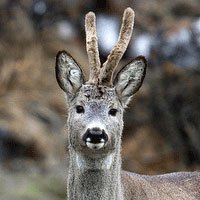
Le Chamois
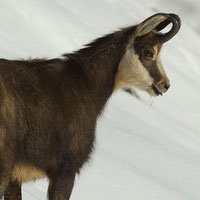
With a life expectancy of 15 to 20 years, the chamois lives in rocky areas: depending on the season, it can be found at altitudes of between 800 and 3000 meters. A herbivore, its weight can vary from 25 to 40 kg, and sometimes as much as 60 kg!
Its coat color changes with the seasons, from dark brown in winter to beige in summer.
Breeding takes place in November-December, and calving in May-June. A female can give birth to up to 2 kids, with a gestation period of 165 to 175 days.
The Mouflon
A close relative of our domestic sheep, the mouflon is a mammal with very marked sexual dimorphism. Its preferred habitat is in the lower and mid-mountains, mainly on the southern slopes. In winter, it frequents the adrets where the snow melts quickly, and tends to move closer to humans.
In the Queyras, it can easily be observed near Arvieux, in winter and spring. Imported from Corsica by hunters, it is poorly adapted to deep snow and is easy prey for wolves...
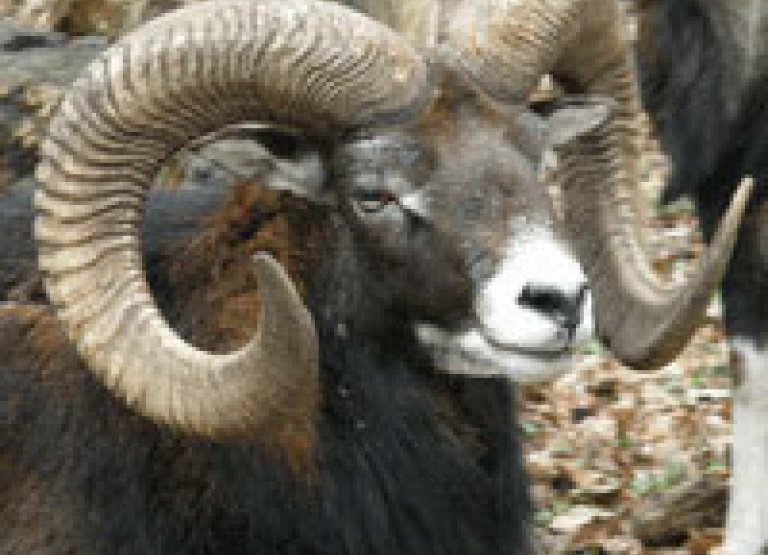
The Ibex
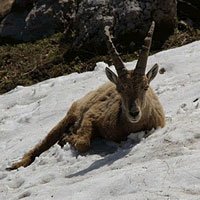
The ibex is very well adapted to the mountain environment, moving with great ease on steep slopes. Males and females live apart for most of the year, except during the breeding season, when the males engage in spectacular, violent battles for the females. Placid in general, it's easy to get close to, and it's a thrill to get up close and personal with this large mammal, which can weigh up to 100 kg.
It's not uncommon to come across one near the Col Agnel in the Ristolas area.
Le Lynx
The lynx, that magnificent mammal, has also long been the victim of a largely unfounded bad reputation. It is a solitary nocturnal predator, active from dusk to sunrise, but rarely seen. It has, however, been seen recently in the Queyras.
It has been protected since September 19, 1979
In the Alps, after establishing itself in the north of the massif, from Haute-Savoie to the borders of Isère and Drôme, the lynx extended its range southwards, where it finally joined the wolf's territory in the Hautes Alpes. Today, the lynx's presence in the north of the massif is well confirmed, and there is evidence of reproduction.
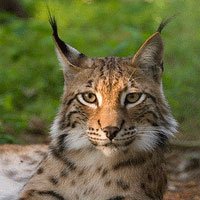
The Wolf
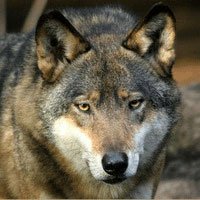
Throughout history, no other mammal has been as little-known, feared and persecuted as the wolf. Completely eradicated by man in France in the late 1930s, the wolf reappeared in the Mercantour Park in 1992. In the Hautes Alpes, particularly in the Queyras, it returned via nearby Italy. There are currently two wolf packs in the area, each numbering between 5 and 7 individuals, and these packs travel between France and Italy. The sheep are now better protected by patous, and parked at night: as a result, farmers have had to deplore fewer attacks in recent years, and losses are compensated, even if this does not fully compensate for the trauma suffered by the herd... and its shepherd.
The Dahu
The dahut (or dahu) is a greyish-brown mammal whose main characteristic (apart from having four legs) is that two of its four legs are smaller than the other two (those on the left or those on the right, or those in front or those behind). The species with the shorter front legs is known in the Hautes Alpes only from very rare fossils. It disappeared in the Upper Middle Permian. As it could only climb, this type of dahut died of starvation when it reached the summit. Today, there are two distinct species: the levorotary dahut (which turns left) and the dextrorotary dahut (which turns right). They rarely hybridize in the wild (only a few cases of acrobatic copulation have been observed).
